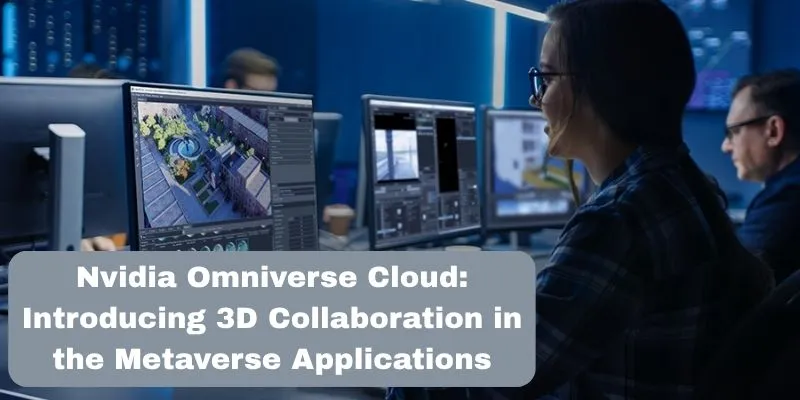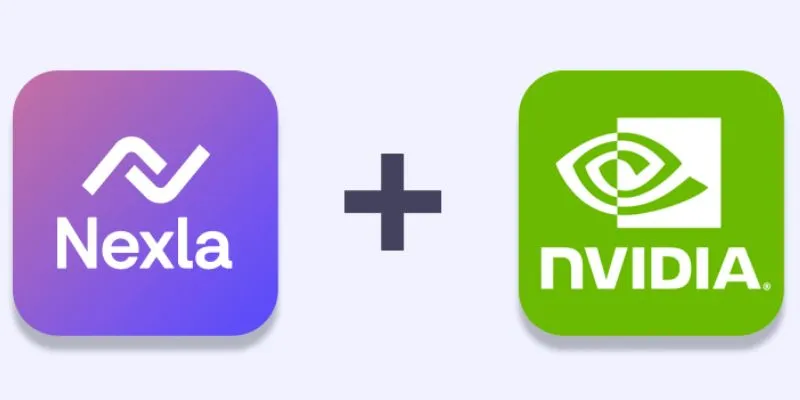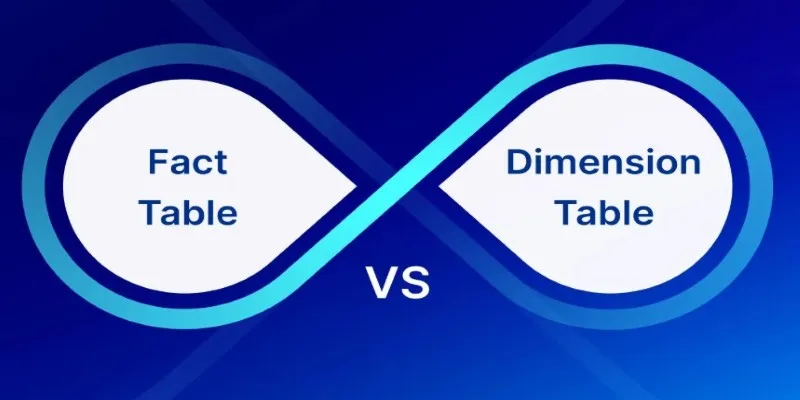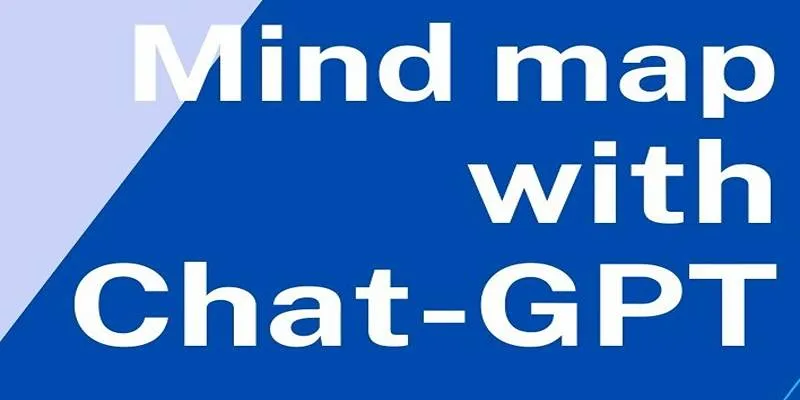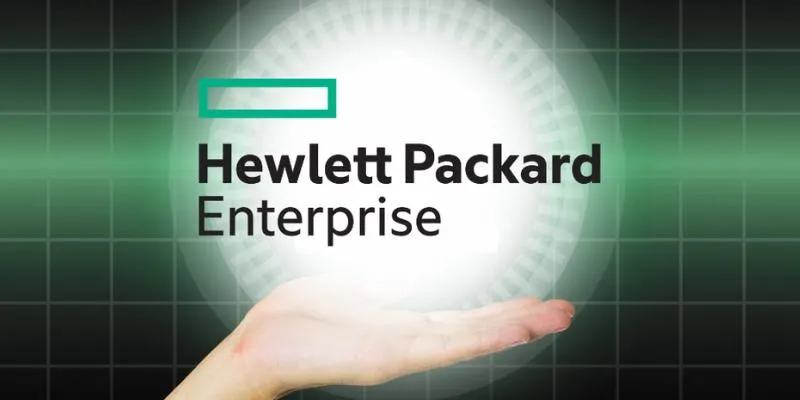At CES 2025, Zeekr announced a groundbreaking partnership bringing together two major players in the autonomous driving sector. The Chinese electric vehicle maker is set to utilize Nvidia’s next-generation Superchip in its vehicles, while also agreeing to supply self-driving taxis to Waymo. This move showcases Zeekr’s ambition to expand its reach beyond manufacturing electric cars into the realm of autonomous mobility services. By merging Nvidia’s advanced computing capabilities and Waymo’s proven driverless technology, Zeekr aims to create smarter, faster vehicles, paving the way for the future of transportation.
Zeekr’s Ambitious Strategy: Beyond Electric Cars
Zeekr, a subsidiary of Geely, has made a name for itself with stylish, premium electric vehicles designed for younger drivers. At CES 2025, the company outlined its expanded vision, transitioning from selling electric sedans and crossovers to becoming a technology partner in autonomous services. The decision to integrate Nvidia’s Superchip reflects its focus on processing power, reliability, and scalability.

The Nvidia Superchip brings superior computational ability, specifically engineered for autonomous driving tasks like sensor fusion, object detection, and real-time decision-making. This enables Zeekr’s vehicles to efficiently process the vast data generated by cameras, radar, and lidar. For drivers and passengers, this translates into smoother and safer operation, whether they are in control or relying on the vehicle’s autonomous capabilities.
The Power of Partnership: Zeekr and Waymo
Partnering with Waymo adds a significant layer to Zeekr’s strategy. Waymo operates one of the most advanced self-driving systems in commercial use. By supplying vehicles to Waymo’s expanding robotaxi fleet, Zeekr can extend its reach into North America and other regions without the necessity of establishing its own autonomous taxi service. This arrangement also benefits Waymo, providing a steady supply of electric vehicles designed for autonomy, enabling quicker expansion of their service areas.
Why Nvidia’s Superchip is a Game-Changer
Nvidia’s Superchip is a benchmark for high-performance computing in autonomous vehicles. Capable of handling hundreds of trillions of operations per second, it is designed for today’s driving scenarios and the demands of full Level 4 and Level 5 autonomy. Zeekr’s adoption of this chip places it among the most advanced players in the field.
The Superchip utilizes GPUs and specialized AI cores to deliver rapid, low-latency responses in complex environments, crucial in urban settings where self-driving cars face unpredictable elements like pedestrians and cyclists. Additionally, its energy-efficient design aligns perfectly with Zeekr’s electric vehicle ethos, balancing processing power and power consumption to maintain good range while running advanced autonomy software.
Synergy Between Zeekr and Waymo
Waymo’s robotaxi service operates in select U.S. cities with a growing fleet of autonomous vehicles. Scaling this service to more cities and countries requires a consistent supply of purpose-built vehicles. Zeekr fulfills this role with electric vehicles engineered for the rigors of robotaxi use, featuring durable interiors, easy-to-clean surfaces, and advanced human-machine interfaces to enhance the rider experience.

This partnership allows Waymo to concentrate on refining its driver software while relying on Zeekr for the physical vehicles. Zeekr, in turn, gains exposure in a high-profile market and experience with one of the most sophisticated autonomous driving systems. This collaboration could redefine how automakers and autonomous service providers partner, each focusing on their strengths.
The Future of Autonomous Mobility
The announcement at CES 2025 underscores the shift from pilot programs to widespread adoption of autonomous mobility. Companies are navigating the intricacies of scaling, and partnerships like those between Zeekr, Nvidia, and Waymo are pivotal.
Combining Zeekr’s manufacturing expertise, Nvidia’s computing power, and Waymo’s autonomy technology advances the deployment of robotaxis in urban centers. Riders benefit from more reliable and accessible driverless services, potentially reducing city congestion as these vehicles are deployed intelligently.
Nvidia’s Superchip ensures vehicles are not just capable today but ready for future advances in autonomy. Zeekr tests its vehicles under real-world conditions, refining its products with feedback from commercial use. Waymo benefits by scaling quickly, expanding service locations, and improving fleet economics by partnering with an electric vehicle manufacturer attuned to autonomy needs.
Conclusion
Zeekr’s announcement at CES 2025 marks a significant step in its evolution from a budding electric vehicle brand to a key player in autonomous mobility. By integrating Nvidia’s Superchip and partnering with Waymo, Zeekr demonstrates its understanding of the future of transportation: collaboration, advanced computing, and vehicles engineered for autonomy. Waymo expands its fleet capacity, while Nvidia solidifies its role at the core of autonomous vehicle technology. Together, these companies are setting the pace for the development of self-driving taxis and advanced electric vehicles, moving beyond experimental phases into everyday service.
 zfn9
zfn9
